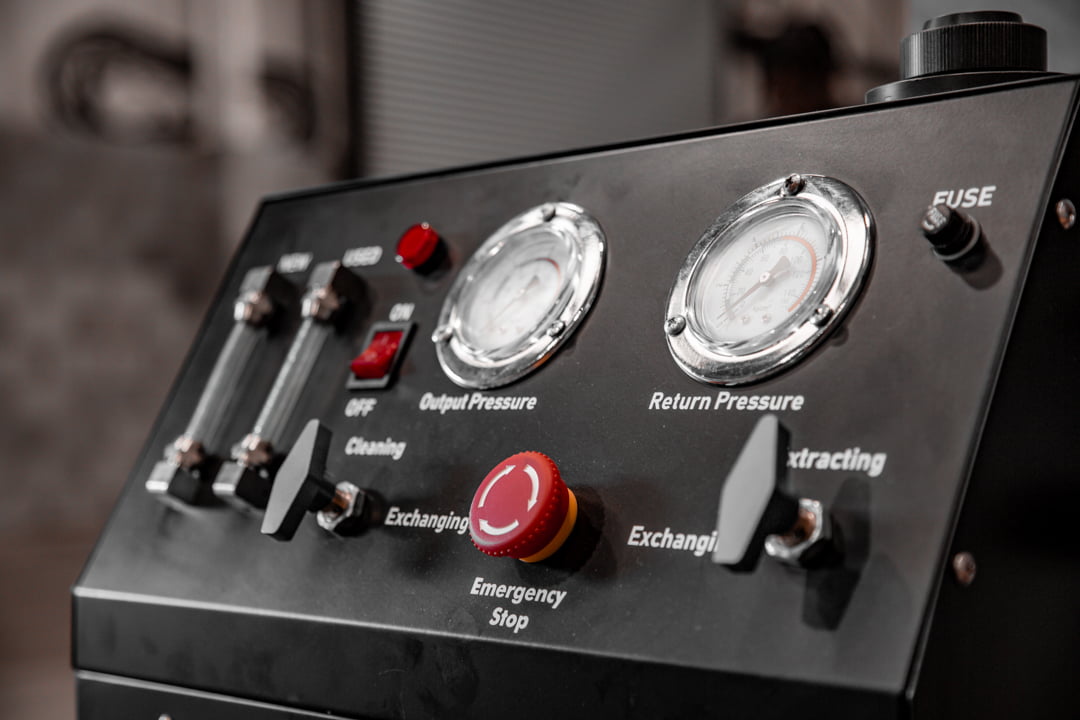Your car’s transmission is a complex and vital component, responsible for transferring power from the engine to the wheels. Over time, however, it can accumulate sludge – a nasty mixture of degraded transmission fluid, metal particles, and other contaminants. This sludge can wreak havoc on your transmission’s performance and longevity. Think of it like cholesterol in your arteries, slowly clogging things up. So, how do you deal with this issue? Let’s dive into the world of car transmission sludge removal and explore how to keep your gears turning smoothly.
Understanding Car Transmission Sludge
What exactly is this “sludge” we keep talking about? It’s essentially a byproduct of normal wear and tear within the transmission. Heat, friction, and the breakdown of transmission fluid all contribute to its formation. Imagine tiny metal shavings mixing with old, burnt fluid – not a pretty picture, right?
The Impact of Sludge on Your Transmission
Sludge doesn’t just sit there; it actively interferes with your transmission’s operation. It can:
- Clog valve bodies and filters, restricting fluid flow.
- Cause rough shifting and delayed engagement.
- Increase wear and tear on internal components.
- Lead to overheating and ultimately, transmission failure.
Ignoring sludge buildup is like ignoring a persistent cough – it might seem minor at first, but it can lead to serious problems down the road. And trust me, a transmission rebuild is a far more expensive proposition than preventative maintenance!
Methods for Car Transmission Sludge Removal
Okay, so you know you have sludge. What can you do about it? Fortunately, there are several methods for car transmission sludge removal, each with its own pros and cons.
Transmission Fluid Flush: A Common Approach
A transmission fluid flush involves using a machine to completely replace the old fluid with new fluid. This can help remove some of the sludge, but it’s not always the most effective method for heavily sludged transmissions. Think of it as a quick shower – it’ll get you clean, but it might not remove all the grime.
Transmission Fluid Change: The Simpler Option
A transmission fluid change is a more basic procedure where you drain the old fluid and replace it with new fluid. While it doesn’t remove as much sludge as a flush, it’s still a valuable maintenance task that can help prevent further buildup. It’s like washing your face – a regular habit that keeps things relatively clean.
Using a Transmission Flush Additive
There are also transmission flush additives available that claim to dissolve sludge and clean the transmission. These can be a helpful supplement to a fluid change or flush, but it’s important to choose a reputable brand and follow the instructions carefully. Are they a miracle cure? Probably not, but they can offer an extra boost in cleaning power.
DIY vs. Professional Car Transmission Sludge Removal
Should you tackle car transmission sludge removal yourself, or leave it to the professionals? That depends on your mechanical skills, your comfort level, and the severity of the sludge buildup.
The DIY Approach: Potential Savings, Potential Risks
If you’re comfortable working on cars, you can save money by performing a transmission fluid change yourself. However, it’s important to have the right tools and knowledge. Messing things up could lead to costly repairs. Are you willing to take that risk?
Professional Service: Expertise and Peace of Mind
A professional mechanic has the experience and equipment to properly diagnose and address transmission sludge issues. They can also perform a more thorough flush and inspection. While it will cost more, you’ll have the peace of mind knowing the job is done right. Sometimes, that peace of mind is worth the extra expense.
- Proper disposal of old transmission fluid.
- Thorough inspection of the transmission.
- Use of professional-grade equipment.
Preventing Future Car Transmission Sludge Buildup
The best way to deal with sludge is to prevent it from forming in the first place! Regular maintenance is key to keeping your transmission healthy and sludge-free.
Regular Transmission Fluid Changes: The Foundation of Prevention
Follow your vehicle manufacturer’s recommended maintenance schedule for transmission fluid changes. This is the single most important thing you can do to prevent sludge buildup. Think of it as brushing your teeth – a regular habit that keeps things clean and healthy.
Avoid Harsh Driving Habits
Aggressive acceleration, hard braking, and towing heavy loads can put extra stress on your transmission and accelerate sludge formation. Drive smoothly and avoid unnecessary strain. Treat your transmission with respect, and it will return the favor.
Consider a Transmission Cooler
If you frequently tow or drive in hot conditions, consider installing a transmission cooler. This will help keep the fluid temperature down and prevent it from breaking down as quickly. It’s like giving your transmission a refreshing drink on a hot day.
Frequently Asked Questions About Transmission Sludge Removal
So, there you have it – a comprehensive guide to car transmission sludge removal. Remember, prevention is always better than cure. Regular maintenance, careful driving habits, and a little bit of attention can go a long way in keeping your transmission running smoothly for years to come. Don’t neglect this vital component of your car. A healthy transmission means a happy car, and a happy car means a happy driver. Take care of your gears, and they’ll take care of you.






